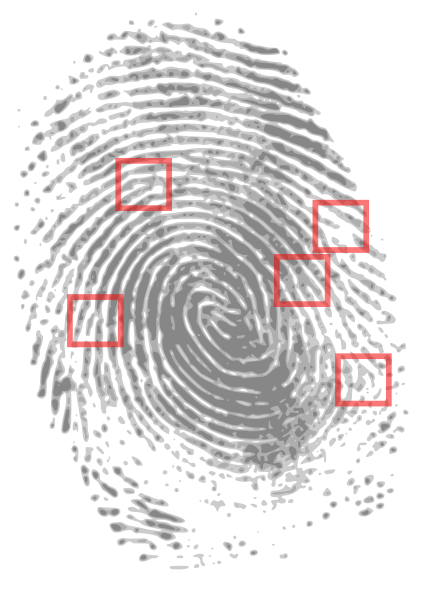
TL;DR: Join me at ConTech Live to hear about a recent project with Open Credo to see if we could detect unusual co-authorships in a dataset created by Anna Abalkina. Sign up here! Papermilling has a few definitions which you see here and there.

TL;DR: Join me at ConTech Live to hear about a recent project with Open Credo to see if we could detect unusual co-authorships in a dataset created by Anna Abalkina. Sign up here! Papermilling has a few definitions which you see here and there.

Also… what is an API? The Papermill Alarm API, is a service which you can send some article metadata to and which will return an alert telling you if the paper looks like past papermill-products. Anyone can use it, but it definitely helps to have the support of an IT or data professional.

Last week, a paper I wrote on the subject of peer-review fraud was published in the journal Scientometrics (free link here, preprint here) . It was an interesting project to work on. I found a lot of examples where one referee would write a report during peer-review and then another referee would write an identical report in some other peer-review of some other paper.

This post is about The Papermill Alarm: an API for detecting potential papermill-products. There’s a field of study called ‘stylometry’ where we look at the statistical properties of someone’s writing and use that to model their ‘style’. People write in idiosyncratic ways.

I once saw a brilliant presentation about how simple data analysis can detect credit card fraud**. The presentation showed a pattern in how people use their credit cards. Given a large number of people who had been victims of credit card fraud, this pattern showed there was just 1 store in-particular where they had all used their cards. There was no observational evidence of someone at that store stealing card details.

The first time I flew over the North Atlantic was quite an experience. Through the clouds, I could see some little white boats out sailing in the sea. It was puzzling: from 30,000 feet, those boats must have been huge for me to be able to see them at all.

Aaron Swartz fought for and (effectively) died for open access to the world’s scientific literature. I reflect on Swartz’s legacy, six years after his death.
In a previous post, I looked at the Findability of FAIR data in common chemistry journals. Here I move on to the next letter, the A = Accessible. The attributes of A[cite]10.1038/sdata.2016.18[/cite] include: (meta)data are retrievable by their identifier using a standardized communication protocol. the protocol is open, free and universally implementable. the protocol allows for an authentication and authorization procedure.
In recent years, findable data has become ever more important (the F in FAIR). Here I test that F using the DataCite search service. Firstly an introduction to this service. This is a metadata database about datasets and other research objects.
The conventional procedures for reporting analysis or new results in science is to compose an “article”, augment that perhaps with “supporting information” or “SI”, submit to a journal which undertakes peer review, with revision as necessary for acceptance and finally publication. If errors in the original are later identified, a separate corrigendum can be submitted to the same journal, although this is relatively rare.